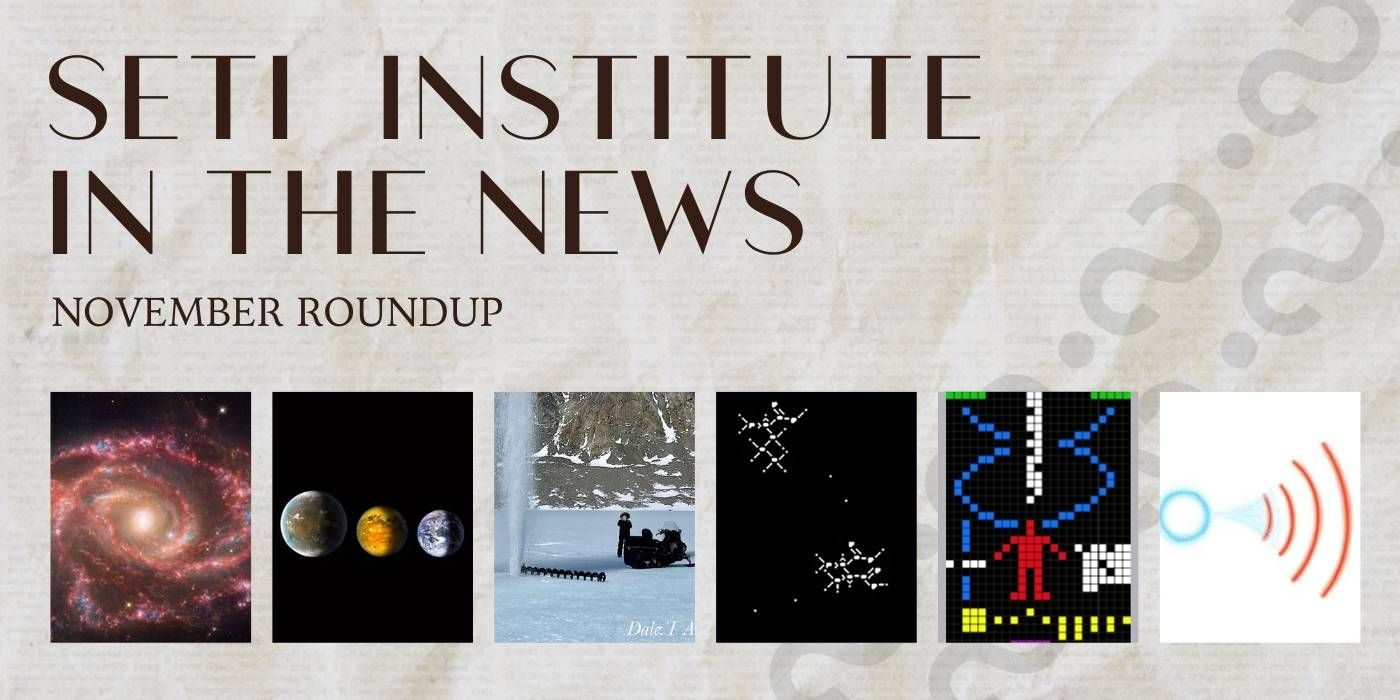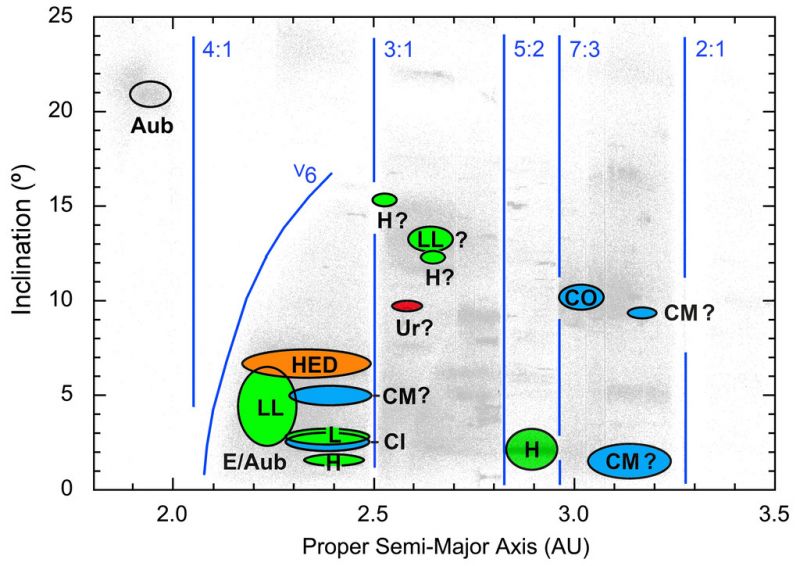
The SETI Institute continues to answer the age-old question: “Are We Alone?” From celebrating 40 years of groundbreaking research to exploring the potential of AI in extraterrestrial communication, the Institute remains in the forefront of scientific discovery.
This month, we delve into the latest advancements, including the potential for AI-driven contact with alien civilizations, the search for life beyond Earth in extreme environments like Enceladus, and the ongoing efforts to decipher a mysterious extraterrestrial message. We also explore the legacy of the Arecibo message, and the latest research on pulsar signals.
SETI Scientists on 40 years of Asking the Universe 'Are We Alone?
The SETI Institute recently celebrated 40 years of its search for extraterrestrial intelligence. While the search for definitive evidence of alien life continues, the SETI Institute has made important contributions to science. The question on everyone's mind is: What does the next 40 years hold for the SETI Institute, given the rapid pace of technological advancement?
Read the full article by KQED here: SETI Scientists on 40 years of asking the universe “Are We Alone?”
Astronomers Say SETI Search For Intelligent Aliens May Find AI Envoys
Many astronomers involved in SETI believe that initial contact with an alien civilization might involve AI. Alongside the continued search for biosignatures, SETI scientists are increasingly focusing on technosignatures – evidence of advanced technology like megastructures, industrial pollution, or deliberate signals.
This shift in focus reflects a growing understanding that advanced civilizations may have developed AI, which could play a crucial role in their exploration and communication efforts. Jill Tarter has emphasized the importance of searching for evidence of technological advancements that alter a planet's environment. As our understanding of AI communication advances, we may become better at recognizing potential alien AI signals.
Read full article by Forbes here: Astronomers Say SETI Search For Aliens May Find AI Envoys
Dale Andersen’s Astrobiology Antarctic Status Report: 14 November 2024: The Plumes of Enceladus
He also shares the importance of research in extreme environments like Lake Untersee in preparing for future missions to explore ocean worlds like Enceladus, where scientists hope to find signs of extraterrestrial life. He expresses excitement for further discoveries at Lake Untersee and promises to share more about this phenomenon soon.
Read the full article by Astrobiology here: Dale Anderson’s Astrobiology Antarctic Status Report: 14 November 2024: The Plumes of Enceladus
Alien-Like Signal From 2023 Has Been Decoded. The Next Step Is To Figure Out What It Means
SETI AIR artist Daniela De Paulis’ "A Sign in Space" project simulated receiving an extraterrestrial message by transmitting a coded signal from Mars to Earth. The raw data was then released to the public, challenging citizen scientists to decipher it. This initiative aimed to mimic the real-world challenges of interpreting an alien signal, fostering collaboration between scientists, artists, and the public.
Read the full article by CNN Science here: Alien-Like Signal From 2023 Has Been Decoded. The Next Step Is To Figure Out What It Means
1st Intentional Signal To Space Sent By Arecibo 50 Years Ago
On 16th November, 1974, the Arecibo message, a powerful radio signal beamed into space. This was a bold attempt to contact extraterrestrial intelligence. This pioneering effort, though controversial, served as a reminder of humanity's profound curiosity about our place in the universe and the possibility of life beyond Earth. While the message itself may never reach its intended destination, it remains a significant milestone in the ongoing quest to understand our cosmic connection.
Read full article by Earth Sky here: 1st International Signal To Space Sent By Arecibo 50 Years Ago
Bandwidth Measurements Show How Pulsar Signals Distort As They Move Through Space
A study led by Dr. Sofia Sheikh of the SETI Institute’s Dr. Sofia Sheikh and including undergraduate researchers, analyzed how pulsar signals distort as they travel through space. Using archival data from the Arecibo Observatory, they found discrepancies between observed distortions and current models of the interstellar medium. These findings are crucial for improving the accuracy of gravitational wave detection projects like NANOGrav, which rely on precise pulsar timing measurements. The study emphasizes the value of archival data and the importance of continued research to refine our understanding of the galaxy.
Read full article by Phy.org here: Bandwidth Measurements Show How Pulsar Signals Distort As They Move Through Space





